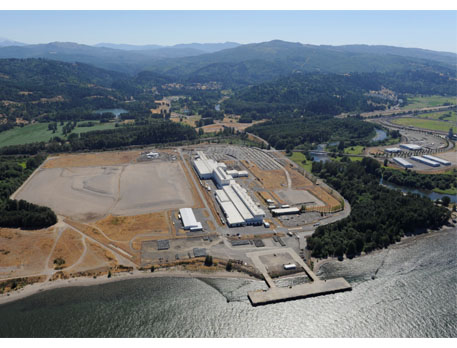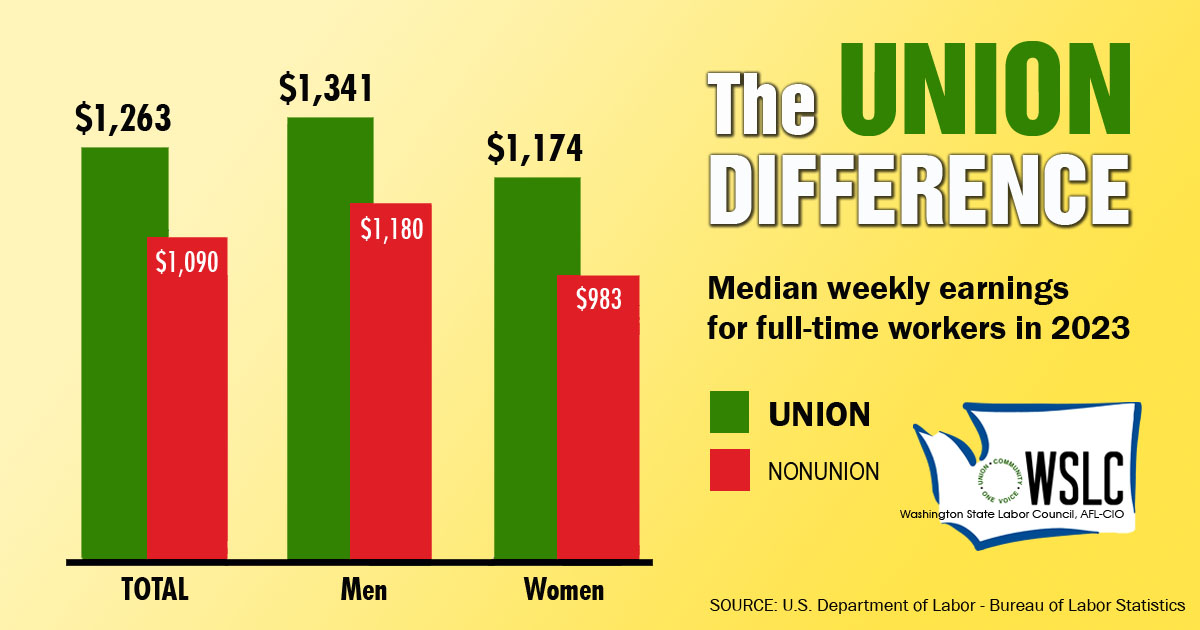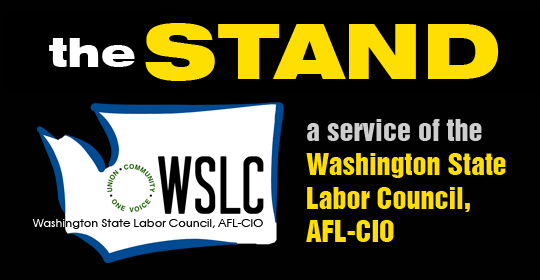OPINION
A win-win for labor, environment in Kalama
Proposed NWIW facility sets new standards for environmentally-responsible economic growth
By MIKE BRIDGES
(Aug. 12, 2019) — The women and men of the Building Trades Unions are committed to growing our economy and providing work for our members in an environmentally-responsible way. We don’t believe that we have to choose between family-wage jobs and the environment, especially since so many of us enjoy hunting, fishing, hiking and generally appreciate the outdoors.
Additionally, while it should go without saying but somehow seems to get lost in the rhetoric, we absolutely want our children, and children’s children to have a livable planet for generations to come. This is why we are joined with other members of the Labor Movement and environmental community in the Blue-Green Alliance of Washington. Together we work to promote, “commonsense solutions that protect the environment and create and maintain quality, family-sustaining jobs across the economy.”
Today, both labor and environmental community members have reason to join in support of the NW Innovation Works (NWIW), the proposed methanol manufacturing facility in Kalama, Wash. Why do I think the environmental community should join labor to back a large-scale industrial facility? Because it uniquely meets all of our common goals.
 This project will the standard for environmental protection and safety through facility investments. The published Draft Supplemental Environmental Impact Statement (SEIS) shows that construction of NWIW’s facility in Kalama would result in a net reduction of millions of tonnes of global GHG emissions annually by displacing coal-based production in China. To put the amount of pollution reduction in context, it is estimated that the Kalama plant will reduce more global greenhouse gasses than the closure of TransAlta, Colstrip 1, Colstrip 2 (three coal-fired power plants) and Sound Transit’s ST3 Ballot Measure combined.
This project will the standard for environmental protection and safety through facility investments. The published Draft Supplemental Environmental Impact Statement (SEIS) shows that construction of NWIW’s facility in Kalama would result in a net reduction of millions of tonnes of global GHG emissions annually by displacing coal-based production in China. To put the amount of pollution reduction in context, it is estimated that the Kalama plant will reduce more global greenhouse gasses than the closure of TransAlta, Colstrip 1, Colstrip 2 (three coal-fired power plants) and Sound Transit’s ST3 Ballot Measure combined.
Additionally, NWIW has proposed to voluntarily mitigate 100 percent of all GHG emissions occurring within Washington related to this project – including emissions outside of NWIW’s control and operations. The SEIS studied a 40-year lifespan for the facility, and found that this plan would mitigate for an estimated 38.4 million metric tonnes of GHG emissions.
NWIW will also be the first facility along the Columbia River implementing Zero Liquid Discharge (ZLD) technology — eliminating the discharge of all facility wastewater. Safety is a top concern, and that’s why ensuring the safety and integrity of the facility, as well as the safety of the people who work there and who live nearby, has been a major priority from the onset of project development. And the Longview-Kelso Building and Construction Trades Council has been working with NWIW from the beginning to make sure that this project is built under a Project Labor Agreement (PLA) with all union labor, which further provides for quality construction of the facility.
This project is not only important because of the environmental standards it will set for future economic development, but because the job creation it will provide for a community that desperately needs it to improve both its quality of place and life. Cowlitz County is one of the most economically-challenged communities in western Washington. With higher average unemployment, lower wages, lower labor participation rates, and the struggles that come with these statistics, the families in the region need quality jobs all the more.
According to the independent analysis contained in the EIS, approximately 1,000 workers will be employed during peak construction. Construction is estimated to last 3-plus years. The project will also support nearly 200 direct and 500 indirect and induced middle-class, family wage jobs during operations. The study estimates that the average salary will be $71,000 annually, which, according to recent data available from the Washington State Employment Security Office, is considerably higher than the average income in Cowlitz County of $45,775. With benefits included, NWIW’s average total compensation package will be around $106,000.
Because of the PLA, these are guaranteed to be local jobs for IBEW 48 members and the other Building Trades Unions in Washington. In addition to agreeing to construct the facility under that PLA, NWIW has also agreed to partner with Lower Columbia College, Workforce Southwest Washington, and the Cowlitz County Economic Development Council to lay a foundation for training and hiring permanent employees from the local community to work at the facility once it is operational. For those students accepted into the training program, NWIW will pay both tuition and a living stipend. Those who successfully complete training can expect to be offered full-time employment. It is also worth noting that NWIW has not asked for any special tax provisions or treatment and has committed to not doing so in the future.
Washington is an environmental leader. On the issue of global climate change, the state has established unrivaled goals, but has yet to specify a plan to meet them. NWIWs’ proposed mitigation plan is a tangible effort to change that – and create a consequential standard and direct link between our states’ economic and environmental needs. This is exactly the type of project that both labor and the environmental community should get behind.
Only by realizing the type of changes at the scale represented by NWIW’s project will we achieve the GHG reductions required to hold down global warming – and at the same time create much needed family-wage jobs. We know this effort demands open-minded dialogue, but this project represents meaningful progress toward our shared goals.
So why are some environmental organizations opposed to this project? And why did Governor Inslee go from supporting it to opposing it? You’ll have to ask them, but their opposition doesn’t seem to be based on the facts or because this project moves us away from our economic or environmental goals. It’s just the opposite. This project helps us create jobs in an environmentally-responsible way in an area where we need them most.
I hope we can join together with our friends in the environmental community in seizing this moment to set a new standard and build this project. I hope they can see that this project meets or exceeds every test they’ve put forward. But most importantly, I hope all of you can be proud of our efforts to shape this project and make it an example of what’s possible when we come together to solve problems. And I hope you will continue to join with me in standing up for our jobs, the future of our community, and making a meaningful difference, not just for Cowlitz County, but Washington state and beyond.
Mike Bridges is President of the Longview/Kelso Building and Construction Trades Council.





